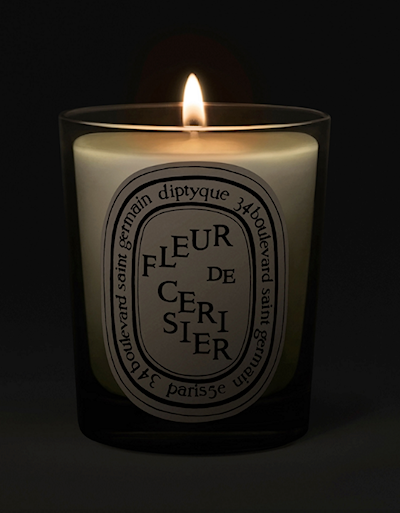💥CONTEST: Want to win $1,000 in grocery gift cards?
We’re giving you the chance to stock your fridge on us! 🛒🥬
SPACES is growing fast in our community, and to celebrate, we’re giving away $1,000 in gift cards to Food Basics! 🍎🧀
Entering for a chance to win is easy: just sign up for SPACES ✅
Already a SPACES member? You’re automatically entered! 🎉
One lucky winner will be randomly selected from all SPACES members when the contest closes on May 23 at 12 p.m.



The Power of Scent
When we think about interior design, we often focus on what we can see — textures, colors, lighting, and form. But there’s a quiet, invisible layer that profoundly shapes how we feel in our spaces: scent.
Scent is a powerful emotional trigger. Unlike other senses, smell bypasses the thalamus (the brain’s relay center) and travels directly to the limbic system — the brain's emotional core. This means that a single whiff of a familiar fragrance can immediately evoke a memory, shift our mood, or calm our nervous system.
Imagine walking into a space that smells subtly of lavender and cedarwood — your shoulders drop, your breath deepens. Or catching the warm, nostalgic scent of fresh-baked bread or citrus — your energy lifts and the space feels alive. These are not coincidences. They’re the result of how your brain processes aesthetic input through multisensory pathways.
In interior design, integrating scent isn’t just about adding a diffuser or lighting a candle. It’s about curating emotional resonance.
Here are a couple ways you can incorporate this:
Use calming scents like bergamot, sandalwood, or eucalyptus in bedrooms and retreat spaces to promote relaxation and better sleep.
Incorporate energizing fragrances like grapefruit, rosemary, or mint in kitchens or workspaces to stimulate focus and creativity.
Layer seasonal scents to bring a deeper sense of place and time — think pine and clove in winter, jasmine and basil in summer.
By designing your home with scent in mind, you create not just a beautiful space, but a sensory sanctuary — one that tells your story and supports your emotional well-being.